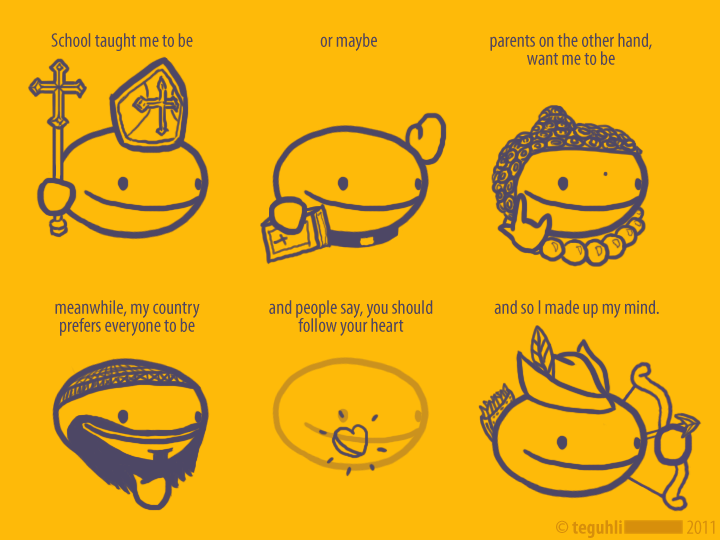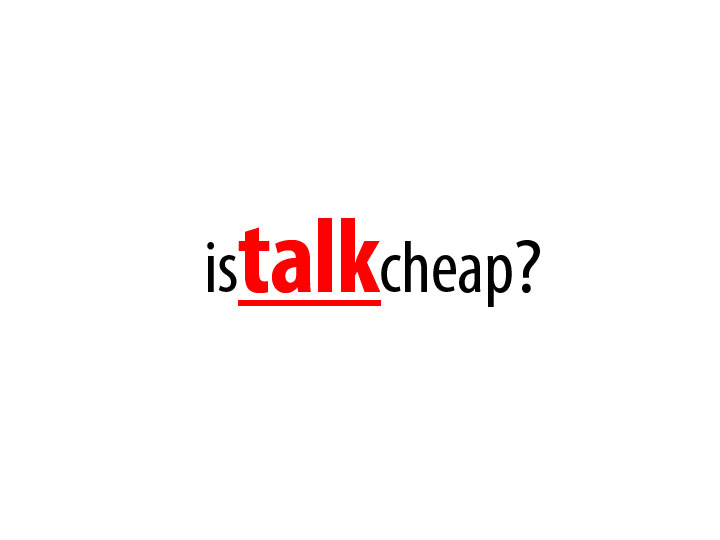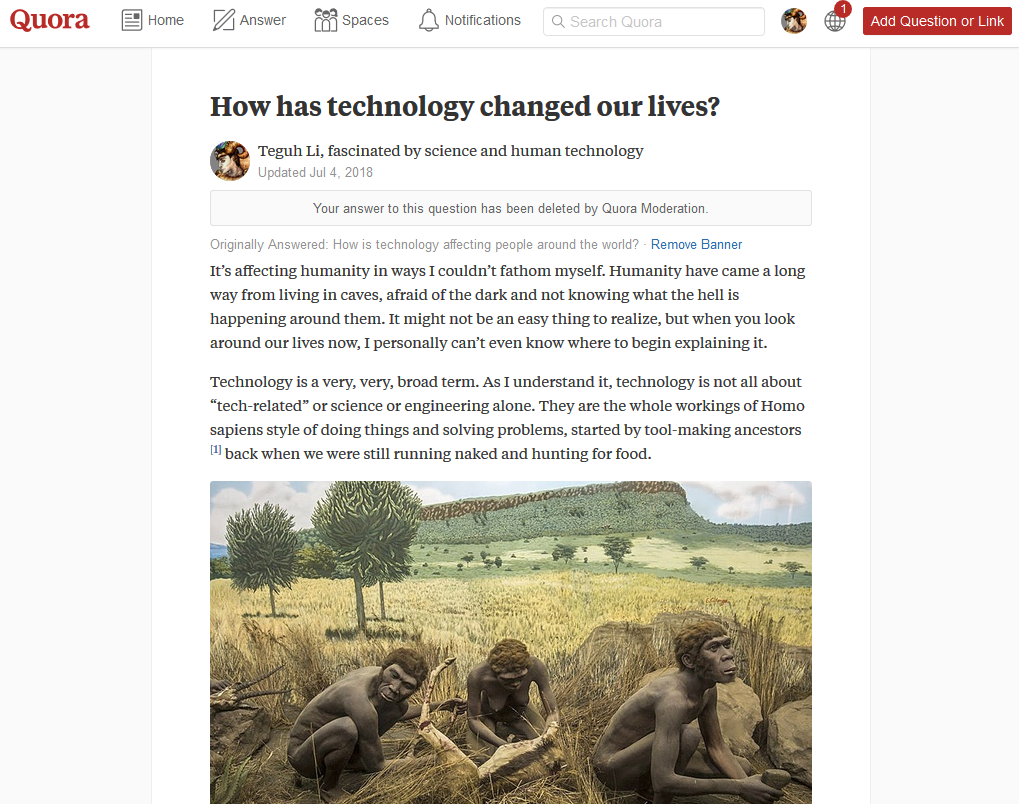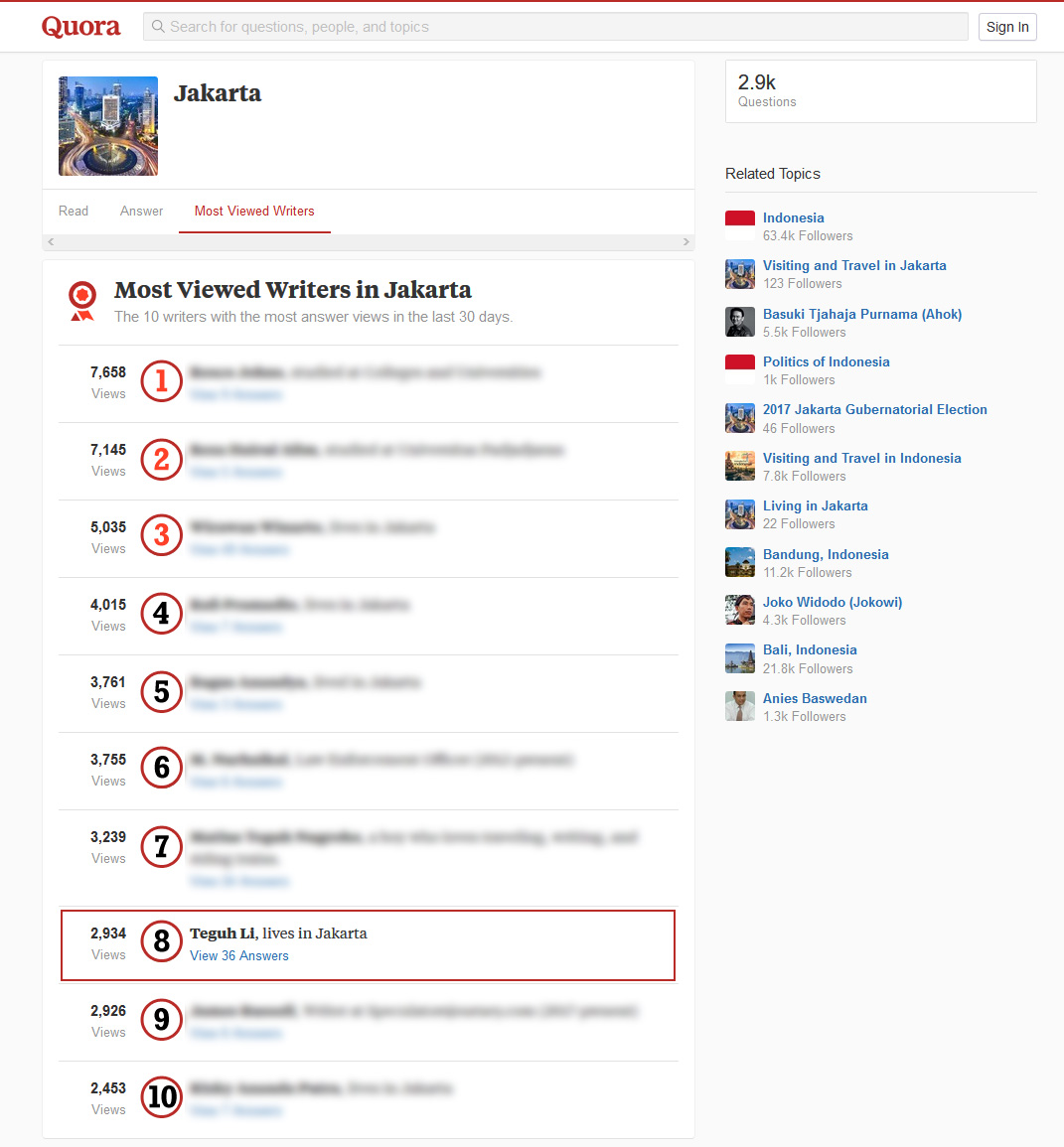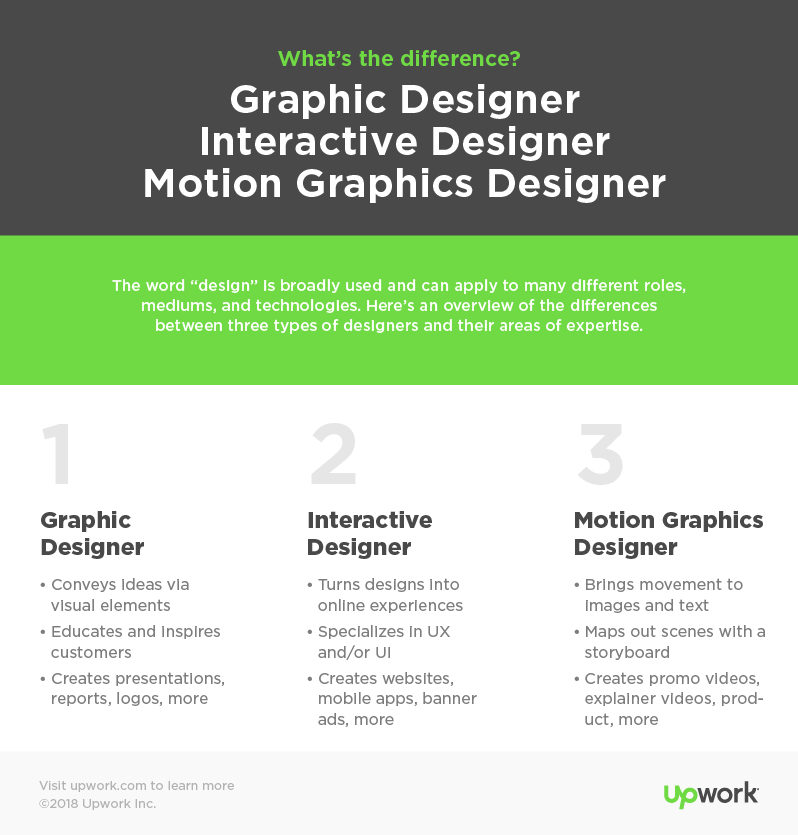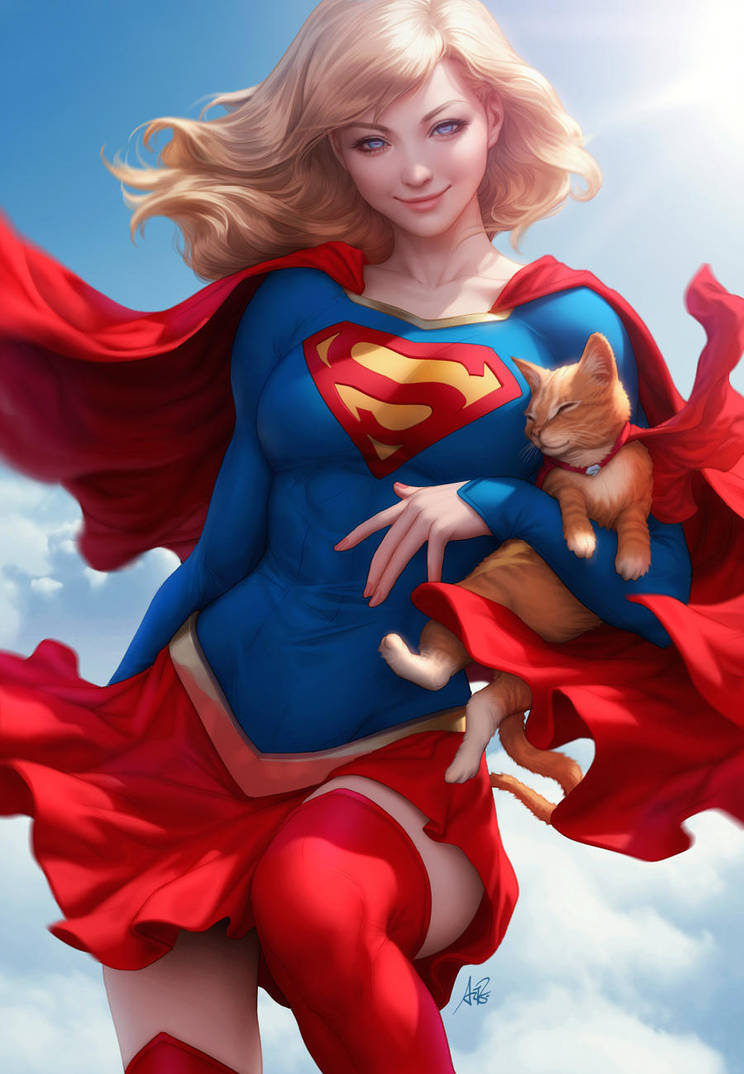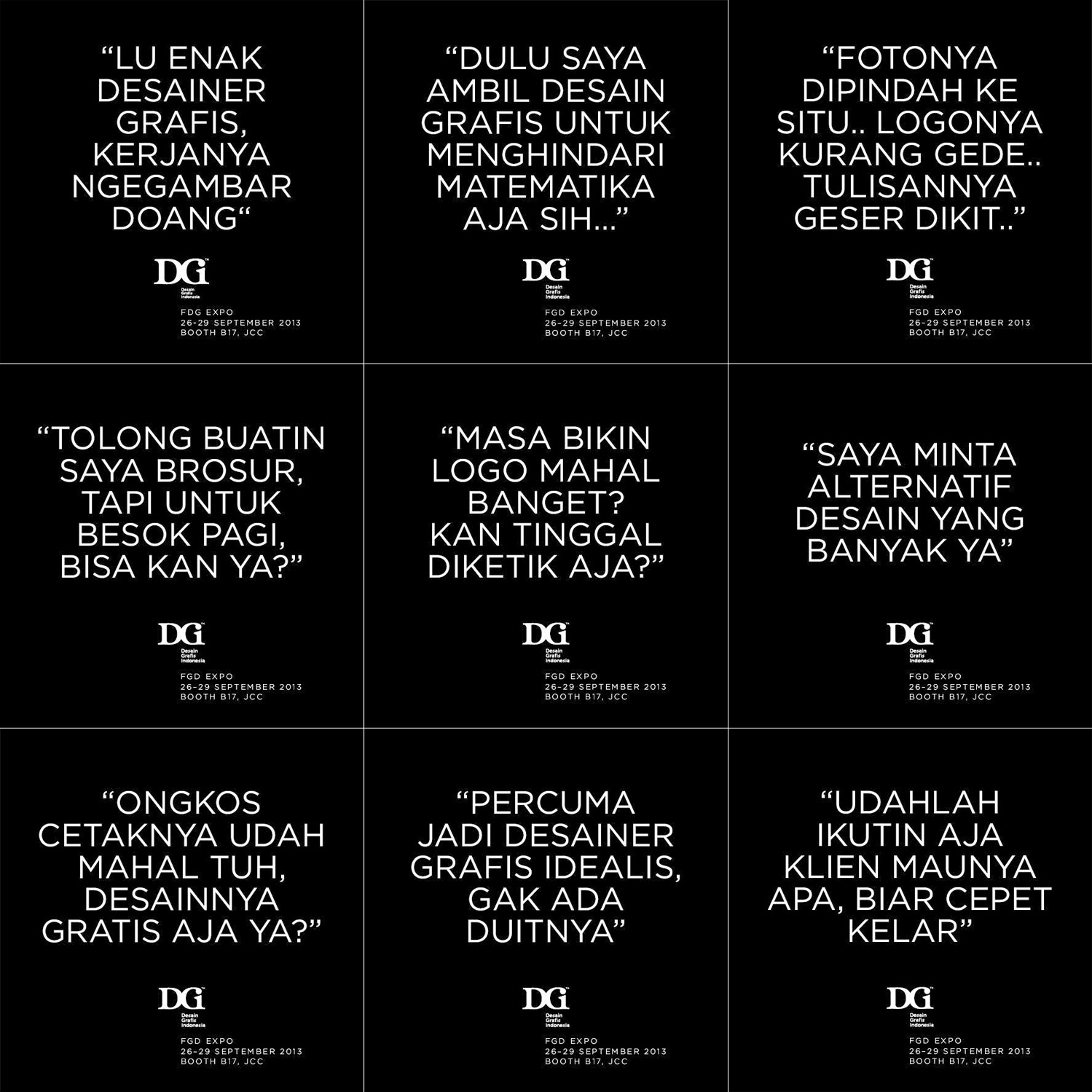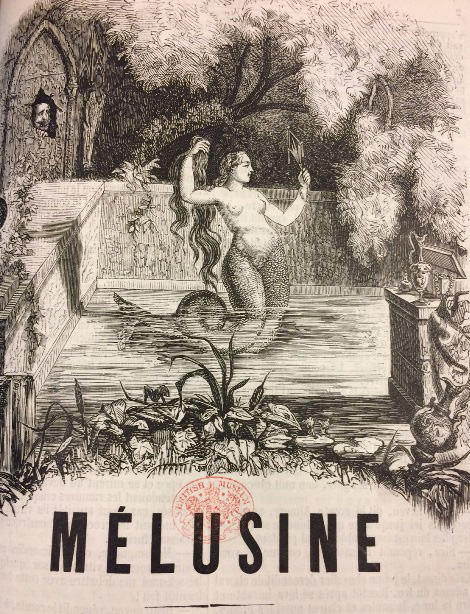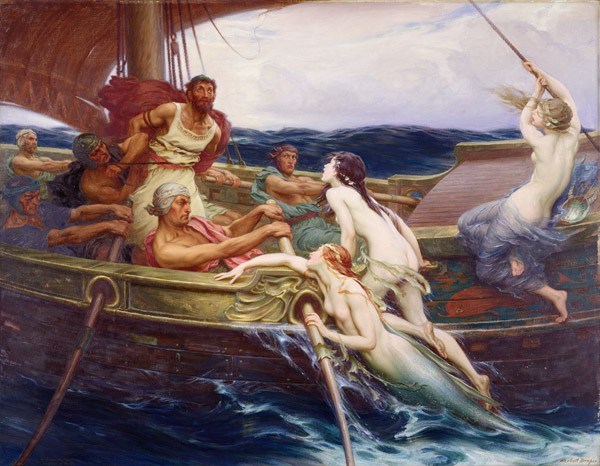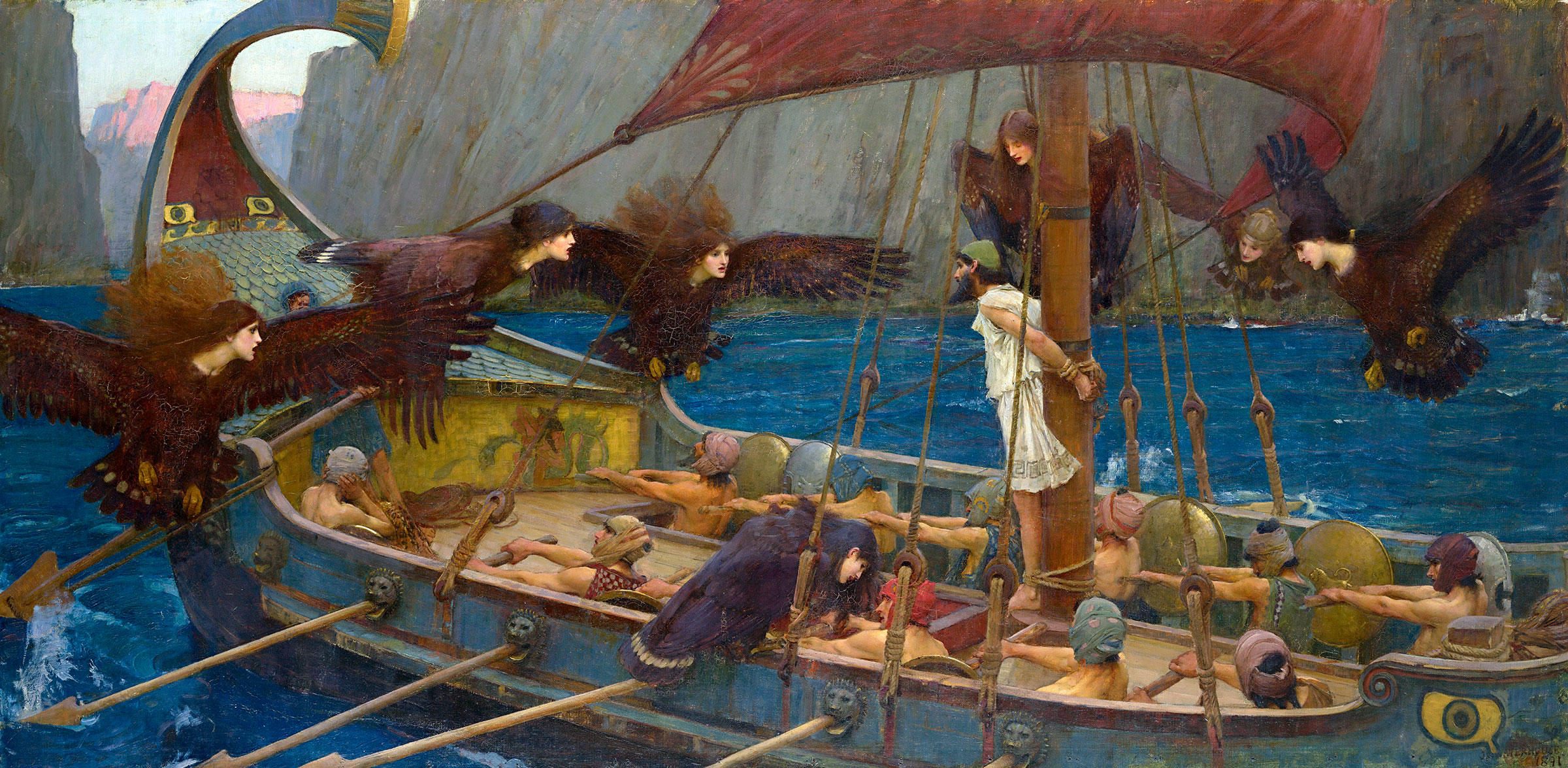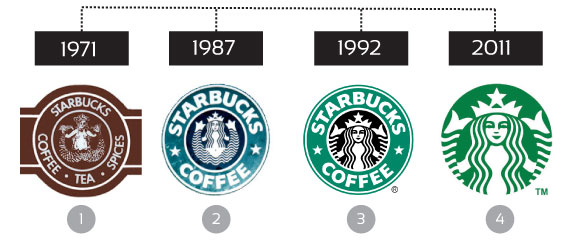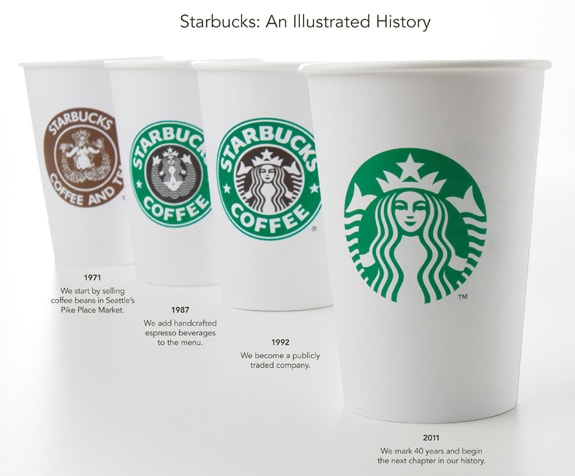Introductory Notes
This is a translated piece from an archive of personal posts written on Tuesday, November 1, 2016. This post was originally uploaded to my Facebook page. Later on, it was uploaded to a site called Quora @ 17 Sep 2018 10:49 and later on here on my personal WordPress blog. The article was written in Indonesian, but since I thought it might be good to get it translated to English, I’m going to do that right now. I also just had an input from an online overseas friend, when I gave him the translated version that it’s a good read, and if it was written over there I might have a different result. So I thought, I guess why not.
Structurally, this article might not be particularly robust, because at the time of writing, it was written as a bit of a late night thoughts came to light. But somehow this is one of my personal favorite short paragraphs I’ve ever written so far. So without further due, I’m going to place it here, who knows if anyone else could enjoy it.
About the Obsession with the Unseen
First uploaded to Facebook on Tuesday, November 1, 2016
Later uploaded to Quora on September 1, 2018 10:49
I know a fair amount of people who are obsessed with the unseen. As in, things that are invisible to the naked eyes. I used to be confused with all these whole affair back in the day, but in retrospect, I thought, I was actually like that myself without knowing it. Just not in the way people usually think it is.
I am obsessed with the thoughts of advancing our way of thinking, with our ability in putting words into their proper context. Obsessed with advancement of our knowledge and insight. Advancement in methods of educating new generations to see the world in a better way. Advancement in addressing the things that hold back people’s minds. Mental advancement in respecting other people’s opinions, even if that person doesn’t have to agree with us. There are in fact so many other things quite ‘invisible’ in nature that if nurtured, I believe, could improve and advance ourselves up to be a better person and human being in the process.
Not the kind of ‘invisible thing’ that you wished I would reveal? There is no need to be disappointed.
Just like you perhaps, I also fantasized a lot about various things you could imagine. Imagining about mystical creatures such as dragons and flying horses, the guardian gods of the universe, or how huge the outer-space is after we are able to venture beyond the skies. Such is the power of imagination; something which I still believe to be one of the most important components that humans have besides the basic natural sciences. But such powerful imagination combined with our natural, almost-instinctual tendency to imagine, I believe, should not deviate from our main goal here on Earth: to improve the quality of life for the world’s population through the process of ever-advancement of thought, science, and engineering.
To me, an investment worth risking for is an investment that we know very well could build minds and open up new insights and vistas for people who are still alive right now, and will live after I died later. Certainly not the kind of investment in people or things that were already gone, simply do not exist or have never existed.
Humans are arguably the only living species that have the ability to pass on its library of knowledge and technology to the next generation in various forms, particularly through communication and language. That arguably, such a huge responsibility that requires tremendous amount of work and insurmountable amount of considerations. With that in mind, we then have to be of the utmost wisdom with this ability we have by inheriting our best values and knowledge that are concrete and based on our observable reality, and not based on some assorted illusions and unsubstantiated traditions that were simply passed on just because they have been around for a long time.
But with that being said, looking at how things revealed itself recently, I would say that we’re starting to lose our vision for the future. It seems like the majority of mankind’s obsession with the ‘invisible’ mostly only revolves around promises of heaven and fear of hell, that appears to be too strong and thick to be abandoned and archived to be a mere valuable lesson in the development phase of our civilization. It’s safe to say that for thousands of years, humans have very well been shackled by a sort of mental bondage that forced them to be stuck in the mystical and supernatural. Our tremendous advancement of technology and sciences, apparently, turns out to be powerless in unshackling ourselves from paralyzing superstitions, absurdities sprouted from the lack of rational reasoning and the blinding fear when faced with threats and temptations coming from mystical beliefs of occult nature.
I argue that the greatest gift in the journey of human evolution is the our monumental and instinctual curiosity about how the universe works. Indeed, we were once naive and innocent as a species; frightened of the cracking sound of a thunder and the mysterious rumbling from beneath our soil. We did not know what is going on around us. We fear about our eventual death, but trapped in a perpetual dream to be free from the shackles of life. I do think by now, we ought to realize that we have wasted enough time playing around, living our lives in the modern world, yet pondering about the universe like the way our ancestors did who lived at the beginning of our civilization.
My message is: Be advanced in our thinking! Leave behind the shackles of thoughts that have been plaguing our species for thousands of years. Hold the utmost wisdom in passing our knowledge to our future generations. Be bold in the face of the fact that all of us, will eventually die in the end. We should stop harboring hate and grudges against our fellow humans just because they worshiped different supernatural beings. Hold tight to your loved ones in this short life we have.
If people ask me, what is the meaning of ‘heaven‘ for me, it is seeing everyone alive in this world, being happy. Realized that I had been given the opportunity to live, even if only briefly, on this little planet called Earth. And most importantly, to have the knowledge I’d be leaving this world with the full awareness that our children can live in a world much better than the life we had. ‘Hell‘, on the other hand, is simply the opposite of all of those things. Seeing people miserable, neglected, severely depressed, living in poverty, dying in tragic circumstances. Fighting, murdering, and not caring about each other. To die in futility, and passing through life leaving no traces to enlightenment. Or, leaving this world when I learned that our children are under an imminent threat that endangers their lives, both physically and mentally.
I think we should look not much further, friend, about places called heaven and hell. We only have one life, one place to live; we are staring at the same sky and are standing on the same ground. We all recognize the unique aroma of the falling rain or of the burning matches; we felt the warmth of bonfire and the freshness of drinking a glass of water on a sunny day; all in the same way.
Why should then, we quarrel for days on end and act dishonorably to fellow humans just because of our obsession with things that are not based on reality and delusions of holy mandates from the creator of the universe?
That’s all for now, and thank you for taking the time to read.
Epilogue Notes
Well, what do you think? I do hope it gave you a good time reading it.
Truth to be told, I didn’t exactly remember what came through my mind when I put this down at that point of time, but nevertheless, I can’t say I didn’t quite like how it turned out. 😁
As another side note, to those people who actually took the time to read both the English version and Indonesian version (which I don’t think will be that many, frankly), you might find slight differences in meaning here and there, but that’s just because I’d prefer to have some parts changed to fit each languages better while keeping the core message pretty much the same. I do think it works out pretty good this way, rather than translating it wholesale from one language to another, something which you could totally do with the help of Google Translate (and it surprisingly did a pretty good job at it, from where I stand).
Now, not that I need to mention the following, but after giving it some thoughts for quite sometime, I find it’s so ironic that the positive inputs I had for this piece (which is so meager, it’s almost sad) mostly came from people I barely know or even meet in-person and also from outside the country, rather than anyone closest to me. But that’s another topic on its own and I’d rather not to go into it, otherwise it’d be just another sodium-fest rant people seemed to recognize me better for.
Cheers!
—Teguh Li
Tue, 20 October 2020

